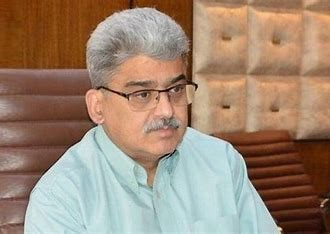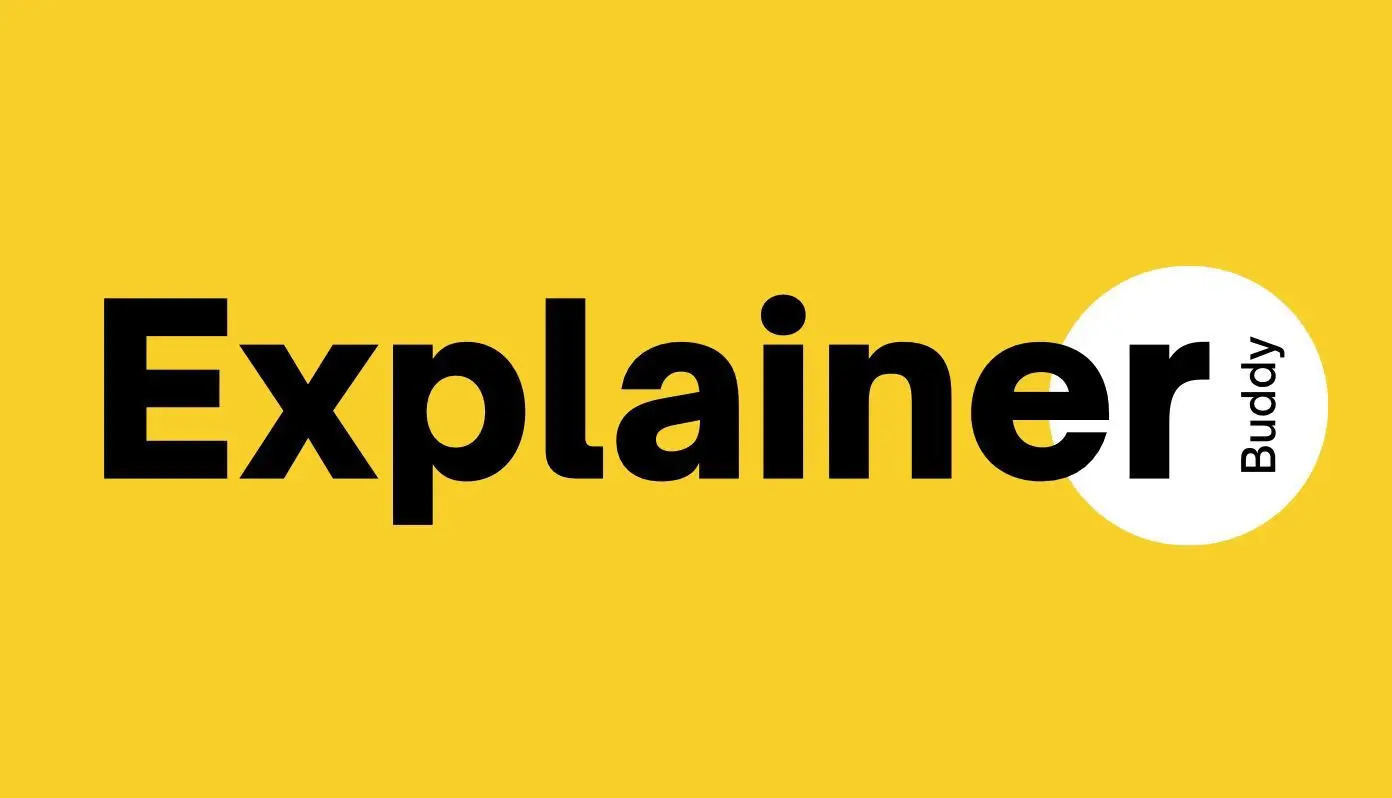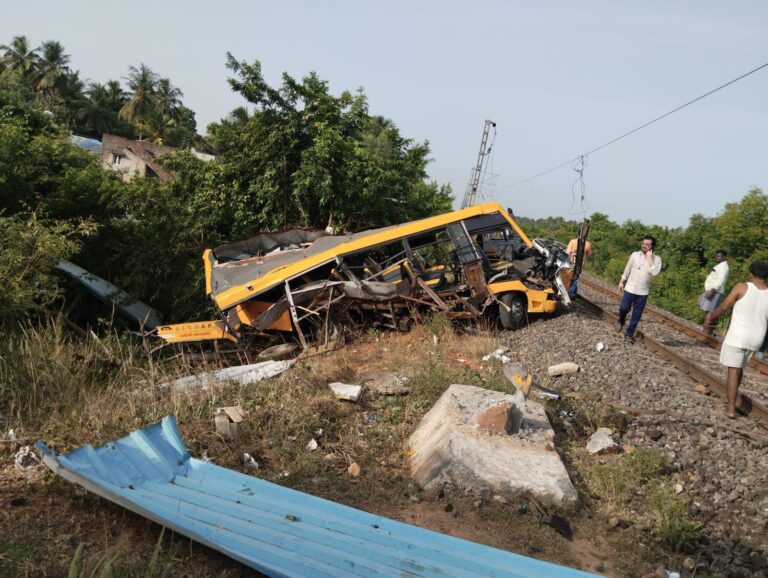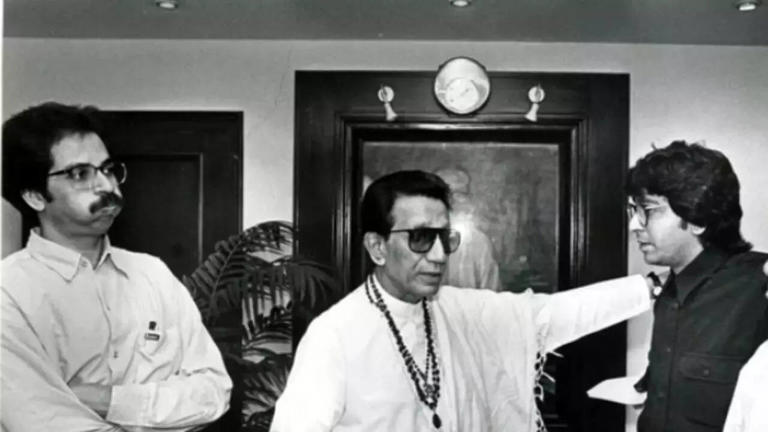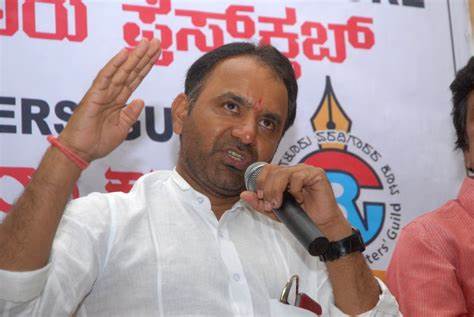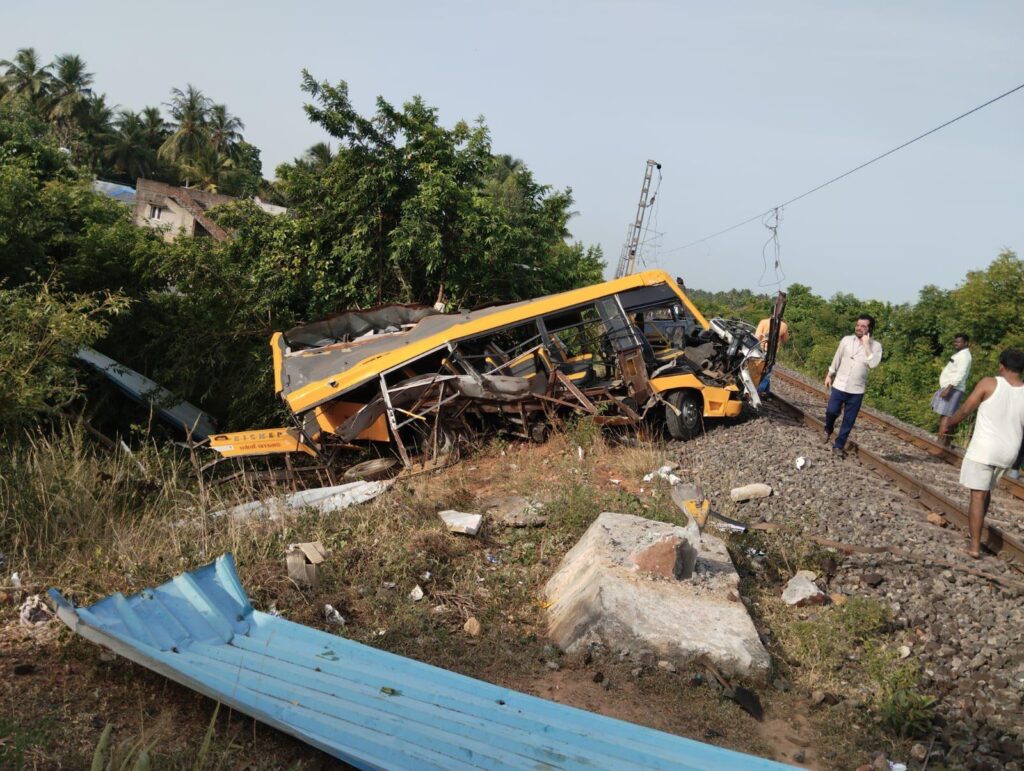What Are the Key Hydropower Projects India Is Focusing On?
India is moving quickly to develop hydropower projects in Jammu & Kashmir (J&K), especially on the Chenab River, after suspending the Indus Waters Treaty (IWT) with Pakistan. This decision, made public on May 16, 2025, is a big step to increase power generation and strengthen India’s control over river waters.
Two major ones are the Ratle Hydroelectric Power Project and the Dul Hasti Hydroelectric Power Station, both in Kishtwar district on the Chenab River. The Ratle project, with a capacity of 850 MW, is a run-of-the-river plant under construction. It will have a 133m-high dam and an underground powerhouse, aiming to produce 3,136 million units of electricity each year. Work on this project had stopped earlier, but after the IWT suspension, it restarted with urgency and is set to start operations in 2026. The Dul Hasti project, operational since 2007, generates 390 MW of power with a 70m dam and a 9.5 km tunnel. It supplies electricity to northern states. Recently, J&K’s Chief Secretary, Atal Dulloo, visited both sites, asking officials to speed up work on Ratle while ensuring quality and to improve Dul Hasti’s performance by fixing any issues.
🚨 BREAKING NEWS
— Megh Updates 🚨™ (@MeghUpdates) May 16, 2025
India fast-tracks hydropower push under Indus Water Treaty.
J&K govt accelerates 850 MW Rattle & 390 MW Dul Hasti projects on Chenab.
Chief Secretary Atal Dulloo directs swift completion of both key projects. pic.twitter.com/woYr6ol6Mx
Why Is India Speeding Up These Projects Now?
The main reason is the suspension of the Indus Waters Treaty in April 2025, following a terrorist attack. The IWT, signed in 1960, limited India’s use of western rivers like the Chenab, giving Pakistan more control. After suspending the treaty, India no longer faces restrictions or objections from Pakistan. This allows India to fully use these rivers for hydropower, helping meet J&K’s growing electricity needs and supporting northern states. It also strengthens India’s energy security, as the region often faces power shortages. Additionally, by focusing on these projects, India is asserting its rights over the rivers, which is a strategic move to show control over resources in a tense region. Chief Secretary Atal Dulloo’s visits show the government’s commitment to finishing these projects quickly and well.
What’s Next for Hydropower in J&K and Why Should We Care?
India is not stopping with Ratle and Dul Hasti. Other big projects are in progress, like Sawalkot (1,856 MW), Kirthai II (930 MW), Bursar (800 MW), and Dulhasti Stage II (260 MW), all in the Chenab valley. These are expected to be completed in the next three to five years, adding a lot more power to the region. This is important because it will help solve electricity shortages in J&K and northern India, making life better for people who depend on stable power for homes, schools, and businesses. It also shows how India is using its resources more freely after the IWT suspension, which could change its relationship with Pakistan over water sharing. For the country, this is a step toward energy independence and stronger control over its rivers, but it might also increase tensions in the region. These projects highlight how energy, water, and politics are connected, affecting both local communities and national security.


